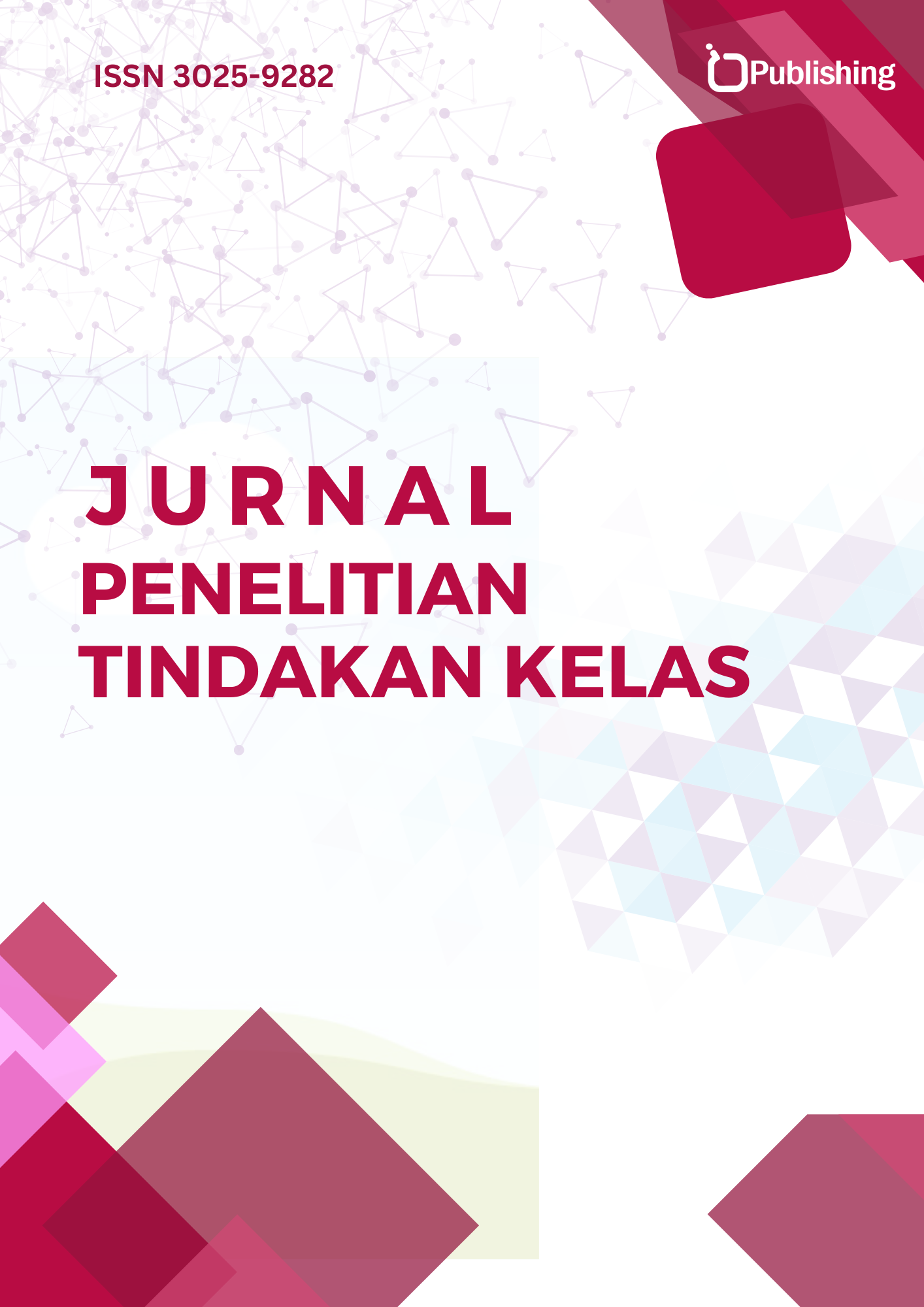The Specific Features of The Use of Numerical Components In Idioms and Proverbs
DOI:
https://doi.org/10.47134/ptk.v2i2.1463Keywords:
Uzbek Culture, Idioms and Proverbs, Numbers and Symbolism, Memorial Ceremonies, Wedding Traditions, Hospitality Customs, Family Lineage, Traditional Games, Rituals and Beliefs, Chilla (Forty Days), Cultural Heritage, Uzbek EthnographyAbstract
This research explores the cultural and symbolic significance of numerical components in Uzbek idioms and proverbs. The study aims to identify the meanings and roles of key numbers such as three, seven, and forty in traditional ceremonies, social customs, and linguistic expressions. Using a qualitative descriptive methodology, data were collected from linguistic sources, ethnographic studies, and cultural references. The results indicate that numbers serve as metaphors for societal values, historical transitions, and ritual practices, reinforcing their importance in Uzbek linguistic and cultural identity.
References
Apostal, S. F. J. (2020). Improving Numerical Reproducibility of Scientific Software in Parallel Systems. IEEE International Conference on Electro Information Technology, 2020, 66–74. https://doi.org/10.1109/EIT48999.2020.9208338 DOI: https://doi.org/10.1109/EIT48999.2020.9208338
Appah, C. K. I. (2019). On rank and successor relations: Numerical and non-numerical expression of relative position in Akan. SKASE Journal of Theoretical Linguistics, 16(4), 2–21. https://www.scopus.com/inward/record.uri?partnerID=HzOxMe3b&scp=85092273419&origin=inward
Ayupova, G. (2024). The Interlingual Equivalence and Cognitive Representation of the Ethnocultural Identity of Numerical Phraseological Units in the Kazakh and English Languages. Cognitive Studies, 2024(24). https://doi.org/10.11649/cs.3200 DOI: https://doi.org/10.11649/cs.3200
Boymurodov, U. (2020). "Numerical Symbolism in Uzbek Proverbs and Idioms." Journal of Ethnography and Folklore Studies, 12(3), 45-57.
Hakimova M., Nematjanova D. Implicit and Explicit Instruction in Teaching Vocabulary //Central Asian Journal of Literature, Philosophy and Culture. – 2023. – Т. 4. – №. 5. – С. 324-326.
Interesting Literature. (2021). "The Symbolism of the Number Seven in Literature, Religion, and Myth." Retrieved from https://interestingliterature.com.
Karimov, K. (2019). "The Role of Memorial Ceremonies in Uzbek Culture." Asian Cultural Traditions, 15(2), 110-127.
Muhamadjonovna. S. D. A Set Of Methodological Tools For The Formation Of Sociolinguistic Competence Of Future English Teachers //The American Journal of Social Science and Education Innovations. – 2020. – Т. 2. – №. 12. – С. 298-302.
Muhamadjonovna. S. D. (2020). A Set Of Methodological Tools For The Formation Of Sociolinguistic Competence Of Future English Teachers //The American Journal of Social Science and Education Innovations. – 2020. – Т. 2. – №. 12. – С. 298-302. DOI: https://doi.org/10.37547/tajssei/Volume02Issue12-52
Muhamadjonovna, S. D. (2020). The development of sociolinguistic competence of future English language teachers through computer technologies //European Journal of Research and Reflection in Educational Sciences. – 2020. – Т. 8. – №. 3. – С. 147-150.
Nematjanova. D. (2022). The Differences Between Genders In Learning Languages //Mental Enlightenment Scientific-Methodological Journal. – 2022. – Т. 2022. – №. 2. – С. 232-240.
Rasulov, A. (2021). The Symbolism of Numbers in Central Asian Culture. Samarkand University Press.
Sarimsakova. D. (2023). The Content Of The Development Of Research Competence Of Future English Language Teachers //Namangan davlat universiteti Ilmiy axborotnomasi. – 2023. – №. 11. – С. 719-724.
Sarimsakova. D. (2017). Station Rotation //English Teaching Professional. – 2017. – Т. 109.
Sarimsakova. D. (2023). The Content Of The Development Of Research Competence Of Future English Language Teachers. Namangan davlat universiteti Ilmiy axborotnomasi. – 2023. – №. 11. – С. 719-724.
Sarimsakova. D. (2020). The models of communicative competence: developing sociolinguistic competence in EFL teaching //Конференции. – 2020.
Sarimsakova. D. (2020). The models of communicative competence: developing sociolinguistic competence in EFL teaching //Конференции. – 2020. DOI: https://doi.org/10.47100/conferences.v1i2.311
Tashpulatov. B. (2021). History of Training of Higher Medical Staff in Khorezm Region //НАУКА И ТЕХНИКА 2021. АКТУАЛЬНЫЕ ИССЛЕДОВАНИЯ. – 2021. – С. 10-13.
Turg'unov, N. (2018). Uzbek Traditions and Customs: A Cultural Study. Tashkent: Fan Publishing.
Uzbek Cultural Heritage Foundation. (2023). "The Importance of Numbers in Uzbek Traditions." Retrieved from https://www.uzculture.uz.
Xakimova, M., Nematjanova. D. (2024). Why Vocabulary Is Important In Language Usage. Web of Teachers: Inderscience Research. – 2024. – Т. 2. – №. 6. – С. 28-30.











